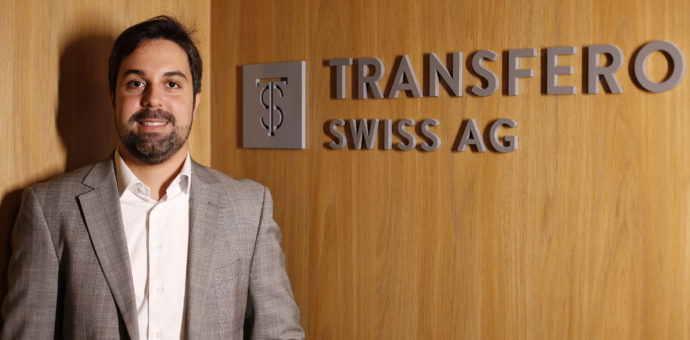The DeFi market (or decentralized finance) is experiencing a boom that has been debunking altcoins considered investors’ “darlings.” But many are not sure what this market is about. Here we answer some questions such as what DeFi is, what their products are for, and the opportunities and risks they bring.
What is DeFi?
While traditional finance operations are centralized, with a single point responsible for taking care of others, it is dispersed in DeFi. DeFi is based on networks of people connected by blockchain technology.
For example, big banks leave the stage, and platforms connect people who can lend money to each other.
Possibilities for users
One of the possibilities in decentralized finance is loans. Besides the absence of banks, the difference is how it pays for a digital asset‘s loan. Because some assets are riskier to maintain than others, loan rates vary by the asset, as Transfero Research explains.
But there are more options for users besides loans between people without the mediation of a bank. There are also decentralized digital derivatives. It functions as a traditional derivative: a futures contract with a particular maturity. The difference is that the smart contract has programming to buy the asset on that date without needing an intermediary.
Practical uses of DeFi
According to Carlos Russo, head of Research and Portfolio Management at Transfero Swiss, “the main practical use of DeFi is the trade or exchange of cryptocurrencies without the need to register with a broker.” It ensures anonymity in operations and also prevents the government from interfering.
He gives as an example the decision of Argentina to ban the transfer of dollars among its citizens. However, they can do operations with stablecoins, for instance, through DeFi solutions.
What attracts so many people?
For Russo, there are two different types of people engaged with DeFi. One party is interested in the possible high gains with the governance tokens of DeFi companies. These tokens, which give their holders the power to vote on the company’s decisions, are highly volatile and allow them to pocket high profit if they buy the asset before it becomes mainstream. The second group concerns users who seek the services and possibilities offered by this market.
What you need to know before investing
The first point to consider is that DeFi platforms are a program (software) running on a blockchain, Russo explains. Therefore, its security is linked to the absence of flaws in these codes. However, there is always the risk of losses, despite the audits. “In this sense, users who seek to apply cryptocurrencies to these contracts in search of high returns need to recognize the possibility of losing these funds,” he warns. Those who want to buy governance tokens to speculate need to keep in mind that there is high volatility. Despite the chances of a good return, it is also possible to suffer losses if the asset does not take the course that was predicted.
Those who want to buy governance tokens to speculate need to keep in mind that there is high volatility. Despite the chances of a good return, it is also possible to suffer losses if the asset does not take the course that was predicted.
Highlights in the area
Among the projects that stood out in the area is the Synthetix protocol. It emits synthetic assets that use a token of its protocol as collateral. This collateral has been in a liquidity pool since its issuance. Thus, it allows you to convert synthetic assets directly with the smart contract. It improves some issues of decentralized exchanges, such as lack of liquidity, for example.
Another that stands out is the Aave. It is also based on liquidity pools. The fee for financing will vary depending on the number of funds in the pool when the person wants the credit. Yet the rate for those who finance varies according to the currency.
Balancer and Compound can also be cited as success cases. The latter saw its governance token quickly appreciate shortly after launch.
Can DeFi threaten centralized exchanges?
For the Swiss AG Transfero Research team, DeFi will also be dominant in the platforms where currencies are traded. “Given the revolutionary and decentralized nature of cryptocurrencies in the DeFi ecosystem, it is hard to believe that the exchanges that will trade the largest volumes in the future will be the centralized ones that now dominate the crypto environment.” The assessment is mentioned in a report by Transfero Research.
There is no central institution in a Decentralized Exchange (DEX) that exchanges assets between the two users. A smart contract does this mediation.
Is there a bubble in the market?
Given the success of DeFi protocols, many experts believe there is a bubble. Russo, from Transfero, agrees with the evaluation. And he acknowledges that it’s complex to identify its potential. “As with all bubbles, it is possible to win or lose a lot of money. It’s hard to know if we’re at the end or the beginning (of the bubble),” he says.







